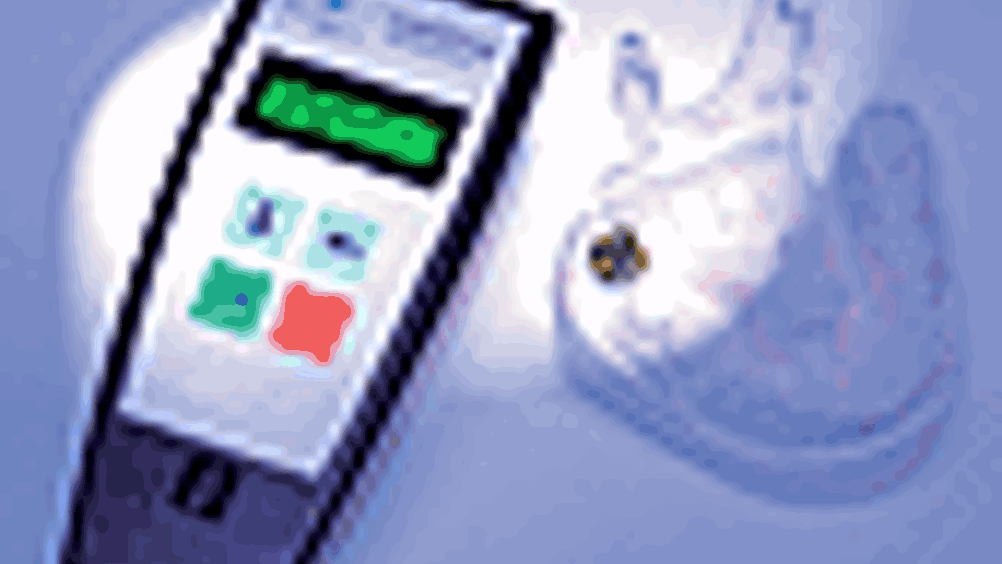Molar medication
German researchers develop a dental implant designed to assist regular drug delivery.

For many people, particularly the elderly or those with neurodegenerative disorders, remembering when to take medication can be a problem.
To help solve this issue, researchers in Germany have developed an intelligent drug-filled tooth implant, Intellidrug, that administers medicine as and when the patient needs it.
The device is designed as a dental prosthesis consisting of a drug-filled reservoir, a valve, two sensors and number of electronic components, including micro-actuators. The entire implant is small enough to fit inside two artificial molars at the back of the mouth where it will look similar to the patient's natural teeth and will still allow the patient to speak and eat freely.
Dr Thomas Velten was part of the team at the
that developed the device. He said that Intellidrug would be of great help to a number of patients, not only the elderly. One of the target groups for the project is people who are suffering from long-term conditions such as diabetes or hypertension who require regular medication.
Register now to continue reading
Thanks for visiting The Engineer. You’ve now reached your monthly limit of news stories. Register for free to unlock unlimited access to all of our news coverage, as well as premium content including opinion, in-depth features and special reports.
Benefits of registering
-
In-depth insights and coverage of key emerging trends
-
Unrestricted access to special reports throughout the year
-
Daily technology news delivered straight to your inbox










Water Sector Talent Exodus Could Cripple The Sector
Maybe if things are essential for the running of a country and we want to pay a fair price we should be running these utilities on a not for profit...